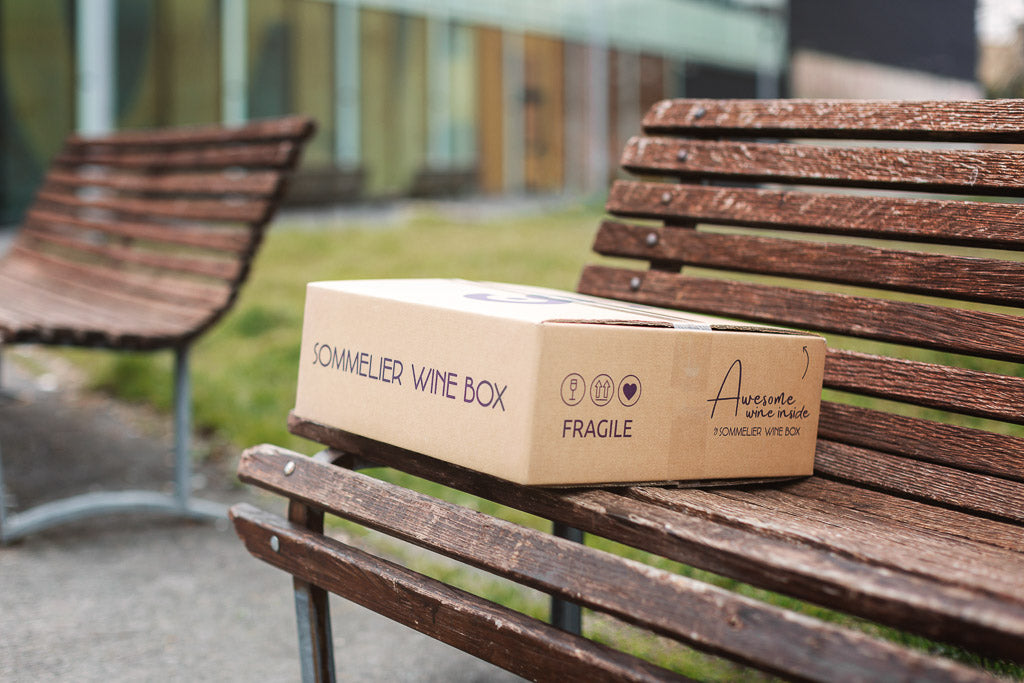From an oenological point of view, Abruzzo is a mine to be explored: if you know how to go beyond the little knowledge about this region, you will encounter a lively and evolving production fabric, with different wines, important native vines and many production styles. Here are the three records of Abruzzo wine that you didn't know but absolutely need to know.
In recent days there has been discussion of Cristian De Sica's unfortunate joke about Abruzzo wines, considered poor, to which important personalities in the wine world such as Daniele Cernilli responded.
We have lined up what you need to know about Abruzzo wine: it helps to understand a region that has a long winemaking tradition behind it and a great future ahead of it.
The Consortium for the Protection of Abruzzo Wines
It was already clear that, despite the ill-informed jokes from cinepanettone, the air was good last June, when the Consortium for the Protection of Abruzzo Wines organized the Abruzzo Wine Experience of the year, now in its sixth edition, with 120 professionals from around the world, bringing together almost 80 companies, for around 300 labels tasted.
The objective, which was successful, was to make people understand the extraordinary growth in the quality level of Abruzzo wines.
A long winemaking tradition
In fact, wine has been made in Abruzzo since the time of the Phoenicians (around 400 BC) - before the Romans - and over the centuries the area has been able to keep alive a great awareness of the value of local wines, with a shared vision among producers which today is a source of pride for the region.
Wine production in Abruzzo
Abruzzo ranks fifth in Italy for wine production, with 3.34 million hectoliters per year (Veneto, Puglia, Emilia Romagna and Sicily come first).
Its production is essentially divided in two between white and black grapes, cultivating approximately 58% black grapes and the remaining white grapes.
Grape varieties and wines from Abruzzo
In Abruzzo the native vines are highly valued, these are Moltepulciano d'Abruzzo (black berry), Cococciola , Passerina , Pecorino , Trebbiano d'Abruzzo (white berry). Montonico is also a local grape, today the subject of interesting experiments.
Montepulciano and Trebbiano are the cornerstones of the Abruzzo winemaking tradition.
Montepulciano is one of the most important black grape varieties in Italy. It gives wines with an intense ruby red color, fruity, tannic and full-bodied. Today it is vinified in a contemporary key, which enhances its excellent freshness and ease of drinking without losing character.

Trebbiano is increasingly making its way as one of the great Italian white wines. Pecorino is one to keep an eye on because it has enormous growth potential.
Cerasuolo d'Abruzzo , a rosé made with at least 85% Montepulciano grapes, in past years has been forced to resemble the less intense pink wines of the North but thanks to some winemakers it remains in fact a wine with body, structure, character and longevity, as per tradition.
Abruzzo DOCG
There are two Abruzzo DOCGs: Moltepulciano d'Abruzzo Colline Teramane and Terre Tollesi (or Tollum). Seven DOCs: Abruzzo, Cerasuolo d'Abruzzo, Controguerra, Montepulciano d'Abruzzo, Ortona, Trebbiano d'Abruzzo, Villamagna.
Montepulciano d'Abruzzo DOCG is produced along the coastal and internal hills of the province of Teramo, an area that descends towards the Adriatic Sea. The breezes coming from the sea and the hills, associated with the excellent exposure and the loose nature of the soil which does not allow the water to stagnate, guarantee Montepulciano d'Abruzzo the optimal conditions for producing high quality and typical grapes.
Montepulciano d'Abruzzo DOCG is a red wine made with at least 90% Montepulciano d'Abruzzo, with Sangiovese on balance.
A deep ruby red, sometimes dark, but always clear with complex aromas of ripe red fruits, black cherry, currants, tertiary notes of tobacco, liquorice and chocolate. A properly tannic red, which with aging becomes particularly harmonious and velvety.
Three records of Abruzzo wine
1. Terre Tollesi: the smallest Italian DOCG
Terre Tollesi DOCG (or Tollum) is produced only with grapes grown in the municipality of Tollo, in the province of Chieti. Only 19 hectares of vineyards, for the smallest DOCG in Italy. Three producers: Cantina Tollo (cooperative), Feudo Antico and Vigneti Radica. These types of wine are produced within the denomination: sparkling, white (also Superiore and Passito), red and red Riserva.
2. The only Italian denomination of rosé wines only
Since 2010, Cerasuolo d'Abruzzo has been the first denomination in Italy dedicated exclusively to the pink type: it is a wine that has now made its way as a high quality product.
3. Abruzzo: region of the year for Wine Enthusiast
Just last month Abruzzo was named Wine Enthusiast's Region of the Year .
The well-known English wine magazine has rewarded the Italian region for its traditions and strong innovative drive. The mix of uncontaminated villages, historic castles, local gastronomy, pastoral tradition and its excellent wines make it a special observation compared to regions throughout the rest of the world. From Montepulciano to the great whites (Trebbiano and Pecorino Abruzzese), up to Cerasuolo d'Abruzzo: wines to discover and rediscover, which will reserve surprises in the near future.
Bonus: the best cheese of the year
The Gregoriano produced by the Bio Agriturismo Valle Scannese was awarded as Best cheese of the year at the Italian Cheese Award 2022 : it is a raw milk pecorino which evokes, in its aromas and flavour, the tradition of the Abruzzo pastures.




